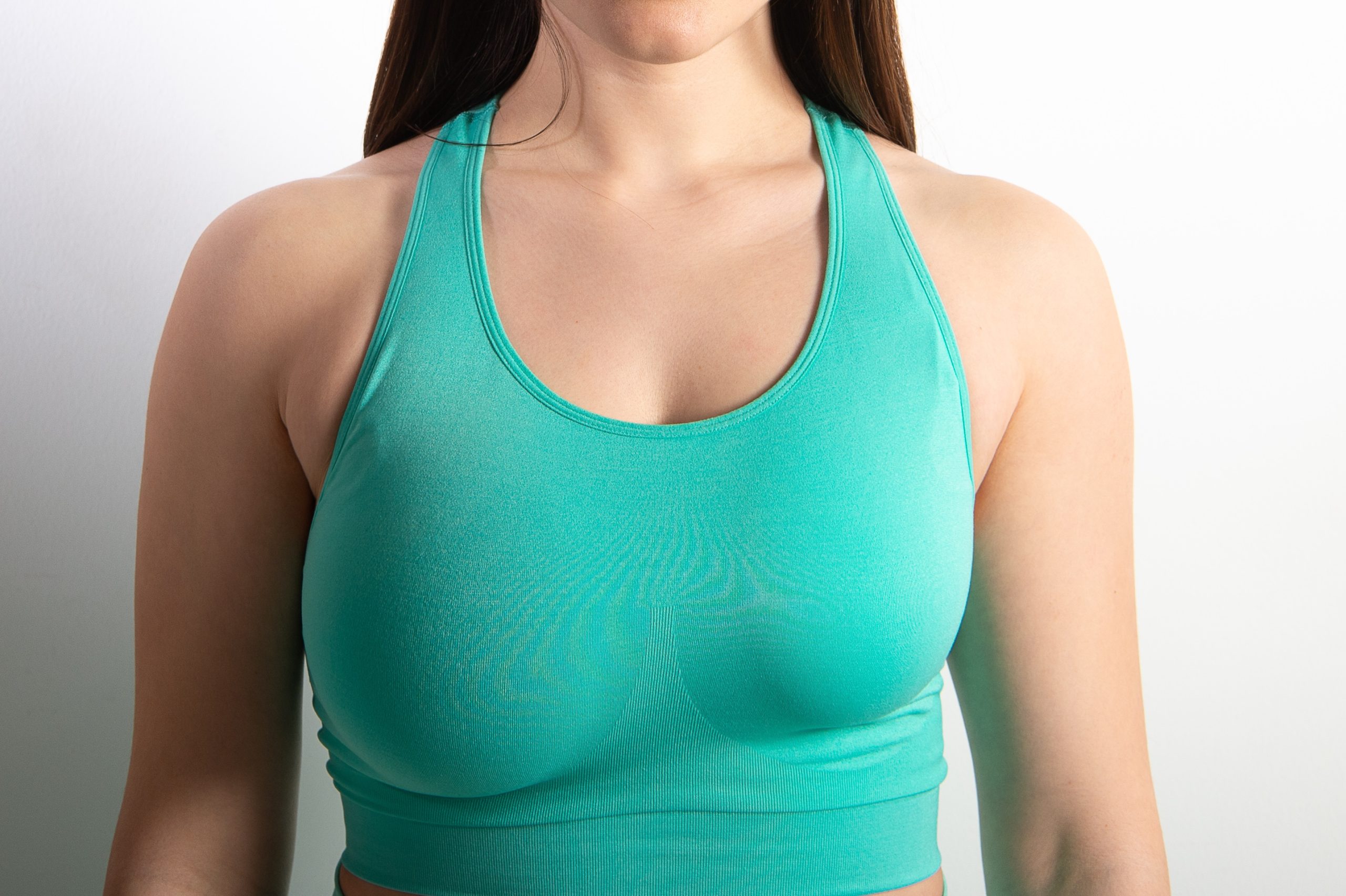Surgery to the breasts may be done for a variety of reasons. You may want to reshape, resize, raise, or remove breast tissue.
Breast lift surgery is also known as Mastopexy. This operation is done to raise and reshape your breasts. If they are small or have lost volume, mastopexy can be combined with breast implants (augmentation) to increase their size also.
Things you need to know to help you make an informed decision:
- Most women have one breast larger than the other.
- Most women have one breast that sits lower on the chest wall than the other.
- Breasts are composed of a mixture of fat and glandular tissue. The glandular tissue (the part which secretes breast milk) weighs more than the fat so the larger the proportion of glandular tissue your breasts have the heavier they are and the more they will droop without support.








